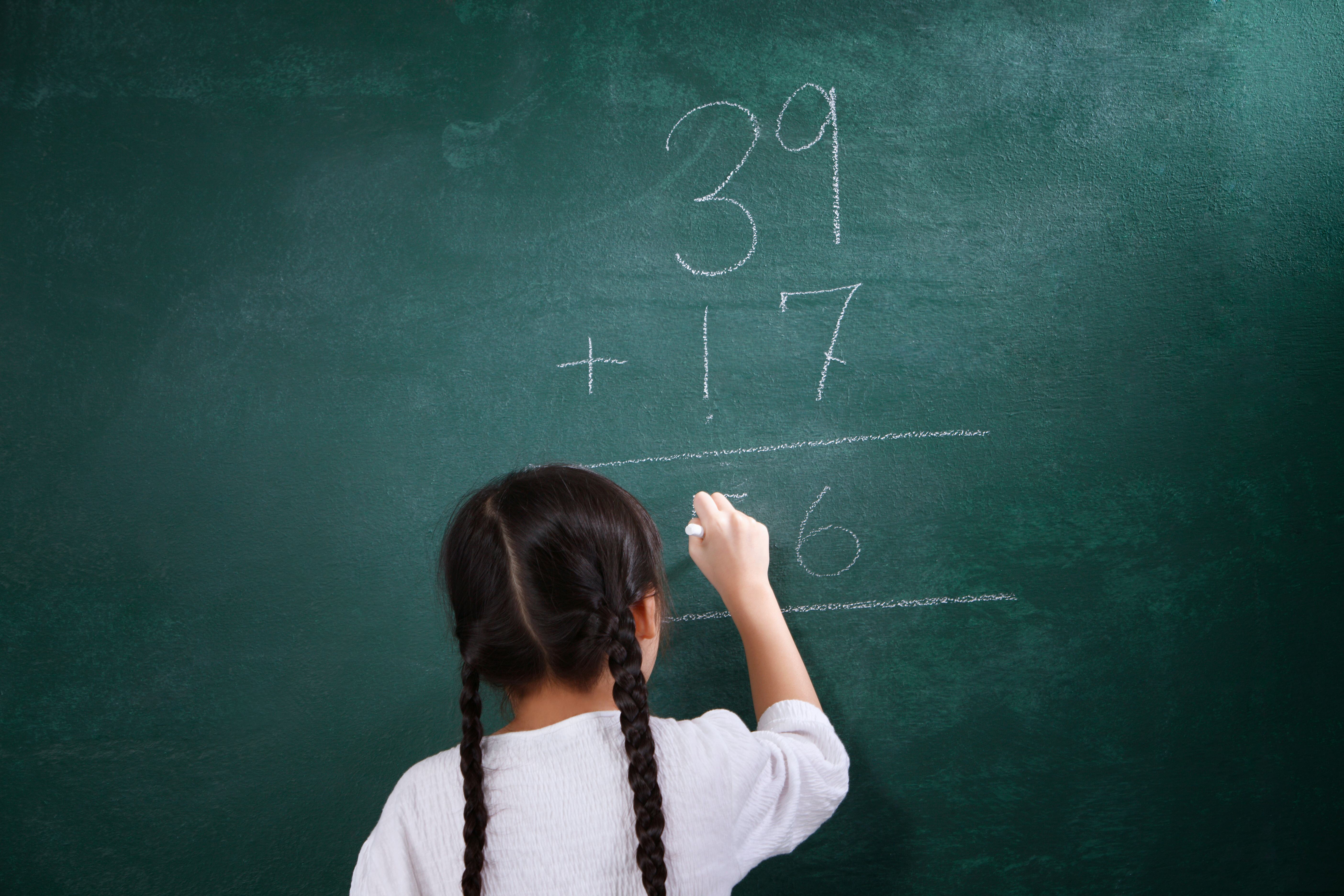
Students across the United States will hopefully find themselves back in the classroom for the 2021-2022 school year. Education Secretary Miguel Cardona has said he expects 100% of schools to be reopened in the fall, thanks to states’ vaccination efforts and COVID-19 mitigation efforts.
"I do,” Cardona told Hoda Kotb on TODAY when asked if he expected “100% of schools” in the United States to be open for in-person learning when students begin a new school year in the fall. “But I really want to focus on getting as many [open] now in the spring. I think if we continue with mitigation strategies that we know work and we utilize the American Rescue Plan funding to put in those safeguards that are needed to provide safe environments for our students, we can really continue to make the progress that we're making to get students [back in classrooms] in the spring.”
Cardona said he’d like to see “as many [schools] as possible” reopen before the end of the current school year, but stressed that safe reopenings remained a top priority for the Biden administration. “Obviously, we want to make sure that all schools are reopening safely,” he said. “That’s key in all the conversations.
According to survey data released Wednesday by the National Assessment of Educational Progress (NAEP), a majority of U.S. public schools have already reopened to some form of in-person learning. Data collected from Feb. 22 to March 12 for NAEP’s 2021 School Survey showed that after roughly a year into the pandemic, more than three-quarters of public schools had reopened to offer students hybrid or full-time in-person learning models.
However, that same survey also found significant racial and ethnic gaps when comparing which students were still learning via fully remote models. Nearly half of white fourth-graders included in the study were learning via full-time in-person models compared to just 33% of Hispanic, 28% of Black, and 15% of Asian fourth-graders. Conversely, just 27% of white fourth-graders were learning via strictly remote models compared to 57% of Hispanic, 58% of Black, and 69% of Asian fourth-graders. Others were reported to have hybrid schedules.
As NPR has pointed out, at least some of the racial and ethnic disparities within the data could be driven by the fact that both city schools and schools located in the West and Northeast were found to be less likely to offer full-time in-person instruction than those in rural areas or in the South and Midwest.
Research has also shown that racial and ethnic minorities, especially Black communities, have a greater risk of contracting COVID-19 and experiencing severe illness. This could also factor into why the NAEP’s survey found students of color were more likely to be learning remotely than their white counterparts.
Still, with states continuing to roll out COVID-19 vaccines to more and more people, Cardona is hopeful the next school year will bring a full return to in-person learning for all U.S. students. “Our students have been waiting, as you said, for over a year now to be around their school community,” Cardona told Kotb on Wednesday. “We know schools are safe communities for our students and places where students grow not only academically but they’re [also] really missing that social and emotional connection with other students and their teachers.”
If you think you’re showing symptoms of coronavirus, which include fever, shortness of breath, and cough, call your doctor before going to get tested. If you’re anxious about the virus’s spread in your community, visit the CDC for up-to-date information and resources, or seek out mental health support. You can find all of Romper’s parents + coronavirus coverage here.

0 comments:
Post a Comment